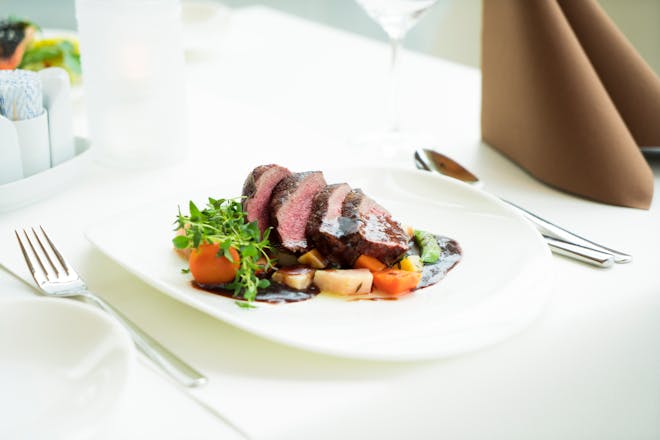Reverse Sear Steak Guide: Mastering the Perfect Crust
If you’re an enthusiast of steak sear, the reverse sear technique is a game-changer that promises a perfectly cooked steak every time. This method flips the traditional searing approach on its head, offering an unmatched level of control over the doneness and crust of your steak.
Understanding the Reverse Sear Method
The reverse sear technique involves starting the steak in a low-temperature environment before finishing it off with a high-heat sear. This slow-cooking process allows for even heating and a tender interior, with the quick sear at the end creating the coveted, flavorful crust that steak lovers adore.
Choosing the Right Steak for Reverse Sear
Before diving into the reverse sear method, it’s crucial to select the right cut of steak. Thick-cut steaks, usually at least 1.5 inches thick, such as ribeyes, New York strips, or filet mignons, are ideal candidates. Their thickness ensures that there’s plenty of time to develop a crust without overcooking the interior.
Preparing Your Steak for Cooking
Begin by patting your steak dry with paper towels. A dry surface is essential for a good sear. Season generously with salt and, if desired, pepper. Allow the steak to sit at room temperature for about 30 minutes to ensure even cooking.
Reverse Searing in the Oven
Preheat your oven to a low temperature, around 225°F (107°C). Place the steak on a wire rack over a baking sheet. Insert a meat thermometer into the thickest part of the steak, and cook until it’s about 10-15°F (5-8°C) below your desired final temperature.
Once your steak reaches the target temperature, remove it from the oven and let it rest while you preheat a cast-iron skillet or griddle to high heat on the stove. Add a high-smoke-point oil and sear the steak for one to two minutes on each side until a dark crust forms.
Reverse Searing on the Grill
If you prefer grilling, the reverse sear can be adapted for outdoor cooking. Set up your grill for indirect heat and cook the steak on the cooler side until it is nearly at your preferred doneness. Then, move it over to the direct heat and sear it to a perfect crust.
Resting Your Steak
After searing, it’s imperative to let your steak rest for about 10 minutes. This allows the juices to redistribute throughout the meat, ensuring a juicy and flavorful bite.
Tips for the Perfect Reverse Sear Steak
Use a reliable meat thermometer: The key to nailing the reverse sear is knowing the internal temperature of your steak.
Don’t rush the sear: The crust develops quickly, so don’t leave the steak unattended. Flip it frequently to prevent burning.
Let the steak rest: This is crucial for a juicy steak, as it allows the fibers to relax and reabsorb the juices.
Experiment with flavors: Try adding herbs and garlic to the pan when searing for an extra flavor boost.
By following these steps, you’ll be well on your way to mastering the reverse sear method and enjoying steakhouse-quality results in your own kitchen.
